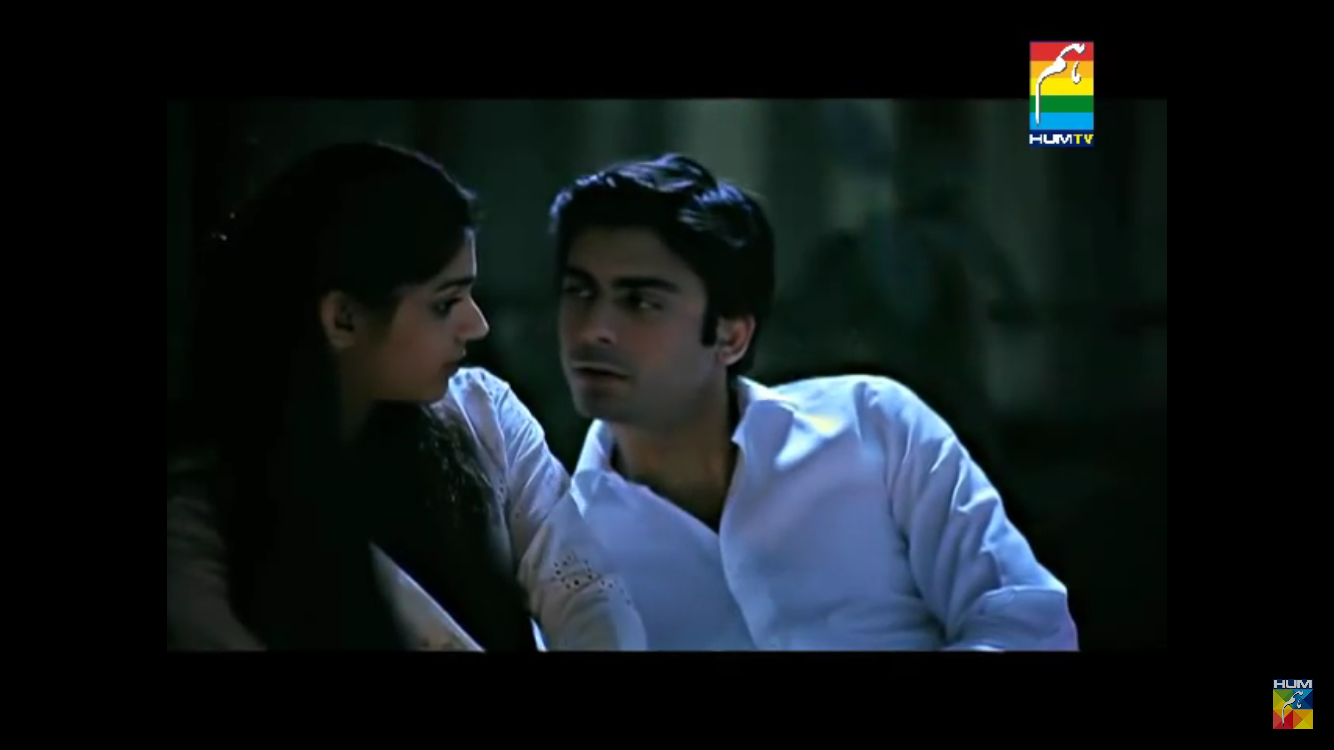
Netflix recently launched Pakistani dramas and here’s a quick review of the three available on the site. Pakistani dramas have gained a popular following around the world due to their strong story lines, beautiful cast, and amazing sound tracks. These dramas can be seen on TV channels like HUM TV, URDU1, Geo Entertainment, ARY, Zindagi TV etc or YouTube. And now the first three Pakistani dramas available on Netflix are “Humsafar,” “Zindagi Gulzar Hai,” and “Sadqay Tumharay.”
South Asians who live in the diaspora watch the dramas for many personal reasons such as enjoying the language/culture, bonding with family as they watch together, or getting addicted to the engaging plots. I have been following Pakistani dramas for a long time. Growing up in Pakistan the 8 p.m. drama was a family ritual. The whole family would gather and watch the drama together and discuss it between the commercial breaks. Now that I live in Canada, I watch the dramas because they remind me of home.
[Read Related: The Evolving World of Pakistani Dramas Builds Stronger Relations With India]
Getting the Pakistani dramas on Netflix is super exciting as this magnifies their reach and is a validation of their global appeal. All dramas are subtitled in English to help those that don’t understand Urdu/Hindi. So, if the ones available on Netflix have intrigued you, here’s a quick introduction to each of them:
“Humsafar”
While there have been many classic Pakistani TV dramas, “Humsafar” is the one that brought the dramas to the international forefront. The story is simple but many factors contributed to make this one a hit—the haunting soundtrack “Woh humsafar tha,” the charm of Fawad Khan & Mahira Khan, the brilliance of the director Sarmad Khosat, the chemistry between all cast members, and the way Momina Duraid packaged it all together.
I was visiting Pakistan in the winters of 2011 when “Humsafar” was screening for the first time and was amazed at the widespread popularity of this show. Plans would be made around the airing of the episodes: “Sorry, can’t meet you Saturday night, “Humsafar” is airing”. There were “Humsafar” parties where friends would get together to drool over Fawad Khan, er, I mean watch the episode together. Pakistan was taken over by the “Humsafar” fever and this soon spread around the world, as the episodes became available on YouTube and then later Zindagi TV for the Indian audience.

This drama has the classic elements that have made Pakistani dramas popular: A story that can be watched with family, impeccable Urdu, beautiful cast, and a tight-knit plot. The main characters of Ashar (Fawad Khan) and Khirad (Mahira Khan) remind one of Mr. Darcy and Elizabeth Bennett with their obvious differences in class and disdain for each other. However, their story soon turns into one of a beautiful romance that develops slowly after becoming husband and wife. This is before the story takes a turn and the two lovers are separated by the scheming mother-in-law. Typical much? Maybe yes, but the way the plot is carried with some obvious loopholes and keeps the audience engaged is the brilliance of “Humsafar.”
Total episodes: 23.
“Zindagi Gulzar Hai”

This drama is based on one of the early stories by one of my favorite authors Umera Ahmed and directed by Sultana Siddique. “Zindagi Gulzar Hai” follows Zaroon (Fawad Khan, again) and Kashaf (Sanam Saeed) from their college days to working lives and then married ones as they discover differences and then similarities in each other. Both of them come from backgrounds as different as can be and while Zaroon’s life is apparently smooth-sailing, Kashaf’s life is full of struggles and challenges. Umera Ahmed has admitted later that the characters are more black and white than she would have liked them to be since this was one of her earlier works.

The story covers many social topics such as the disregard for the girl-child, poverty, class differences, respect within a marriage, and the challenges of a working woman. You might not agree with the views but it will definitely make an interesting conversation if you watch this drama with your mom, husband, or a friend.
Total episodes: 26.
“Saqday Tumharay”

This love story is not for the light-hearted with the dramatic romance, dark plot, hauntings from the past, and the tragic undertones. The fact that the storyline is based on the real-life love story of the writer Khalil ur Rehman Qamar, is a testament to the statement “reality is stranger than fiction.”
Once again, Mahira Khan shines in the lead role of Shano and Adnan Malik does justice to the tall, dark, and handsome hero expectations of Khalil. We are taken to rural Punjab of the 70s with the long winding dusty roads, tonga rides, and the simpler days. The soundtrack in the melodious voice of Rahat Fateh Ali flows through the turbulent turns in the story.

This drama should come with a PG13 disclaimer and is not your usual family-friendly Pakistani drama. Be prepared for many awkward moments if you decide to watch this one with your grandmother!
Total episodes: 27.
[Read Related: Fawad Khan Partners With Islamic Relief to Promote Pakistan Development]
These are exciting times for Pakistani dramas and being part of Netflix is the beginning of more things to come. I hope the folks at Netflix pay attention and add more dramas to their collection, which have the right mix of entertainment and social messages. I would highly recommend “Diyar-e-dil,” “Kankar,” “Udaari,” “Durre Shahwar,” “Jhoot,” “Doraha,” “Daam,” “Malal,” ” Eik The Maryam,” “Uraan,” “Mohabbat Ab Nahi Hoge,” “Mirat-ul-aroos,” “Ankahi,” “Tanhaeyan,” “Sitara aur Meher un nisa,” “Sheher-e-zaat,” “Alvida,” and “Bari Apa”— and these are all on a long list that I can keep adding to!





